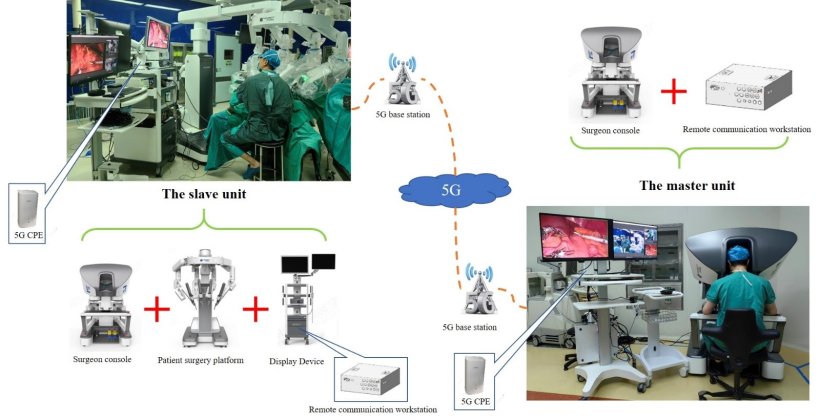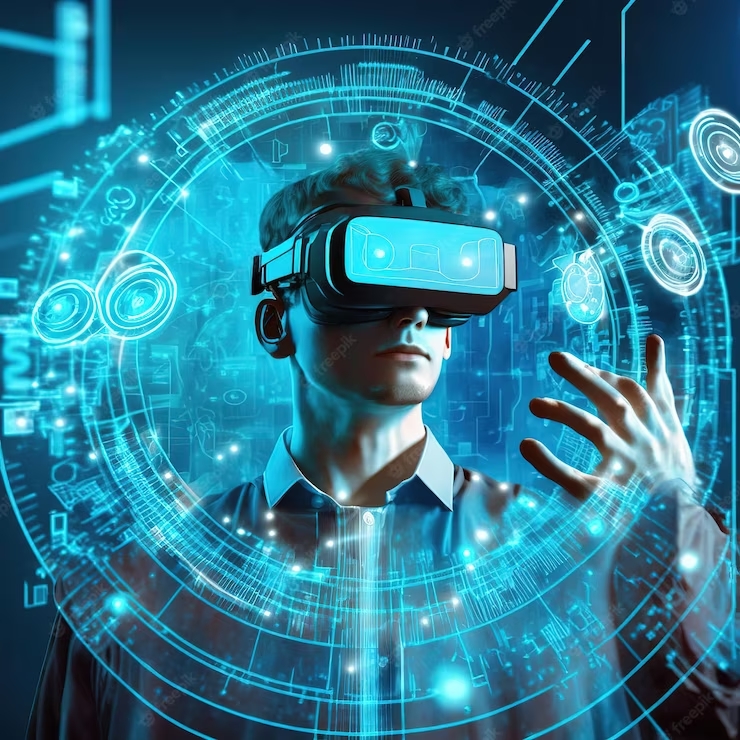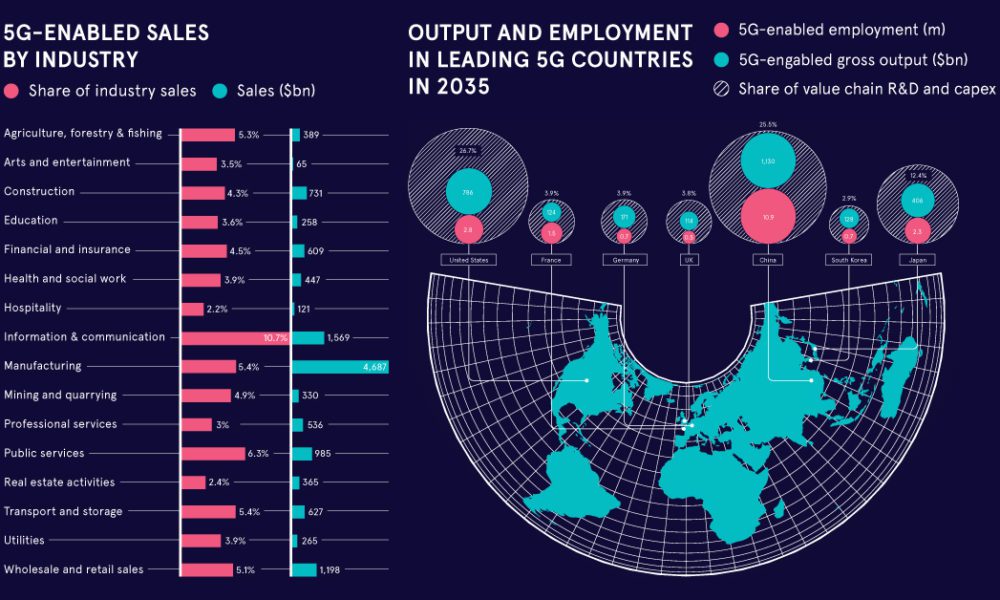The world is on the cusp of a technological revolution with the advent of 5G technology. As the next generation of wireless communication, 5G is set to redefine how people interact with technology and the internet. With its promise of ultra-fast speeds, minimal latency, and massive connectivity, 5G technology will impact industries, businesses, and daily life on a global scale.
What is 5G Technology?
5G technology represents the fifth generation of wireless communication standards, following its predecessors like 4G LTE. Unlike earlier generations, which primarily focused on improving mobile broadband, 5G technology aims to enable more diverse use cases such as the Internet of Things (IoT), autonomous vehicles, and augmented reality (AR).
Key Features of 5G Technology
- Lightning-fast Speeds: 5G can achieve download speeds up to 10 Gbps, which is about 100 times faster than 4G.
- Low Latency: With latency as low as 1 millisecond, 5G ensures real-time communication.
- Massive Connectivity: The ability to connect millions of devices per square kilometer makes it ideal for smart cities and IoT.
- Improved Reliability: 5G networks provide consistent and reliable connections, even in crowded areas.
The Benefits of 5G Technology in Daily Life
1. Enhancing Mobile Experiences
5G technology will revolutionize mobile usage by providing seamless video streaming, faster downloads, and smoother gaming experiences. High-definition content will load in seconds, and users will experience unprecedented levels of connectivity on their devices.

2. Transforming Industries
Industries such as healthcare, manufacturing, and transportation will witness a significant transformation due to 5G technology:
- Healthcare: Telemedicine will become more effective with real-time video consultations and remote surgeries powered by ultra-low latency.
- Manufacturing: Smart factories utilizing 5G technology can automate processes and improve efficiency.
- Transportation: Autonomous vehicles will rely on 5G technology to communicate with each other and infrastructure for safer and smarter transit.
3. Empowering Smart Cities
5G technology is the backbone of smart cities, enabling better traffic management, energy conservation, and public safety. With millions of situstoto devices connected simultaneously, cities can operate more efficiently, benefiting citizens and administrators alike.
The Role of 5G Technology in Emerging Technologies
Internet of Things (IoT)
IoT devices require reliable and fast connections to function effectively. 5G technology can support the vast number of IoT devices used in homes, businesses, and cities. For example, smart home systems can operate more cohesively, providing users with convenience and energy efficiency.
Augmented Reality (AR) and Virtual Reality (VR)
With the high-speed and low-latency capabilities of 5G technology, AR and VR applications will reach their full potential. These advancements can transform sectors like education, gaming, and real estate by creating immersive and interactive experiences.
Artificial Intelligence (AI)
AI-driven solutions require extensive data processing and real-time decision-making. 5G technology ensures that AI systems can function without delays, leading to smarter applications in healthcare, logistics, and customer service.
The Global Impact of 5G Technology
Economic Growth
The rollout of 5G technology is expected to contribute trillions of dollars to the global economy. By enabling new business models and increasing productivity, 5G will create jobs and drive innovation.
Bridging the Digital Divide
In developing countries, 5G technology can improve internet access and digital literacy. This connectivity will empower individuals and businesses, reducing the digital gap between urban and rural areas.
Advancing Sustainability
Efficient communication networks powered by 5G technology can reduce energy consumption and promote sustainable practices. For instance, smart grids can optimize energy distribution, while connected devices can minimize waste.
Challenges in Implementing 5G Technology
Despite its benefits, the adoption of 5G technology faces challenges such as:
- Infrastructure Costs: Building the necessary infrastructure is expensive and time-consuming.
- Spectrum Availability: Allocating sufficient spectrum for 5G is crucial to avoid interference and ensure performance.
- Cybersecurity Risks: With increased connectivity, safeguarding data and networks becomes even more critical.
Addressing these challenges requires collaboration between governments, telecom companies, and technology providers.
READ MORE: Basreng Pedas: Camilan Favorit dengan Cita Rasa Menggoda













